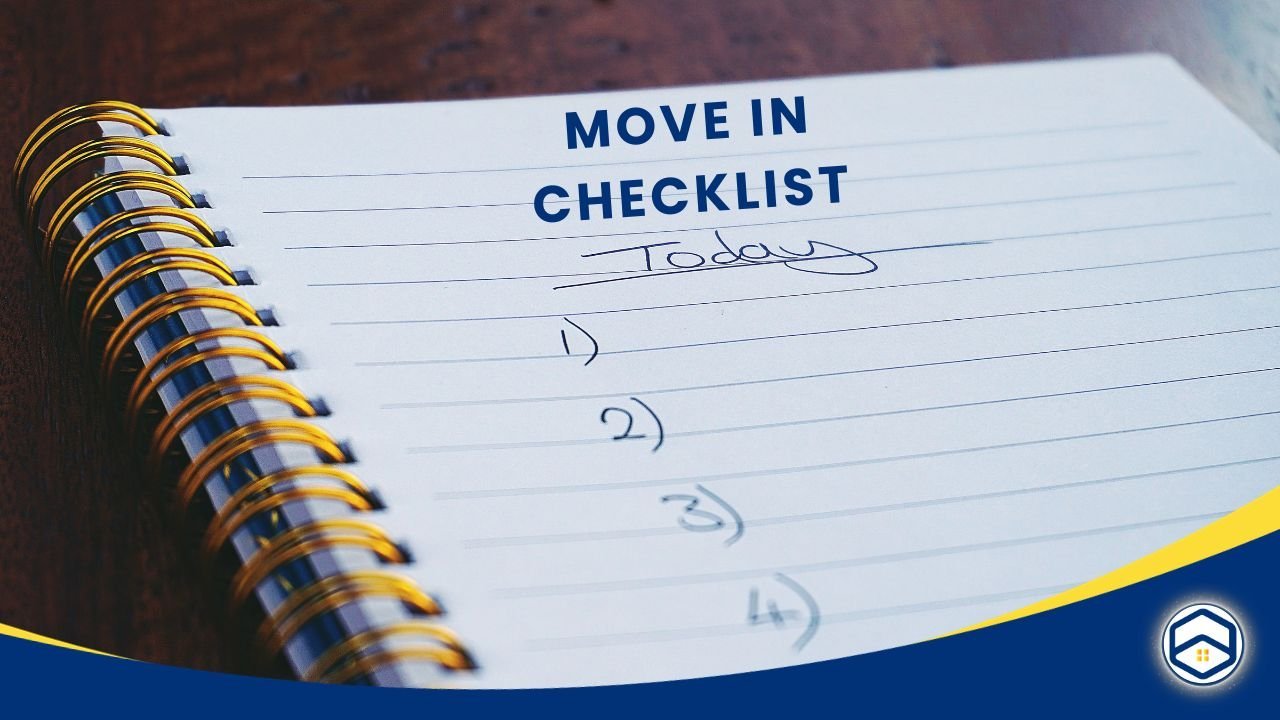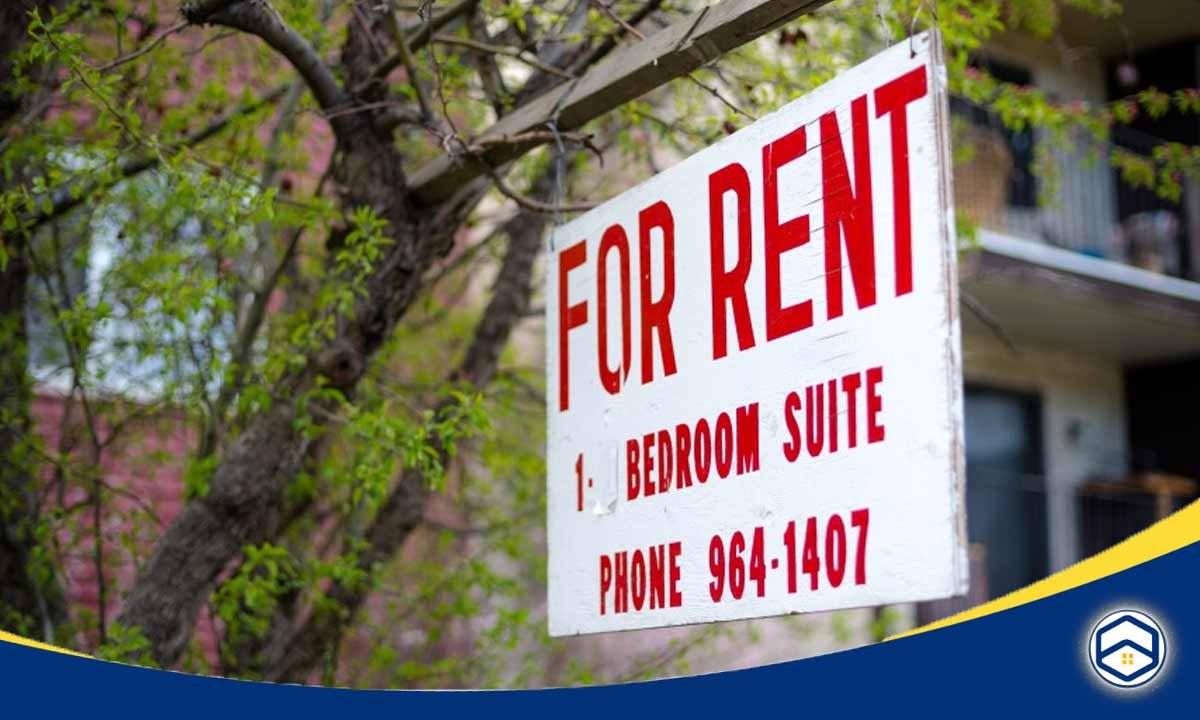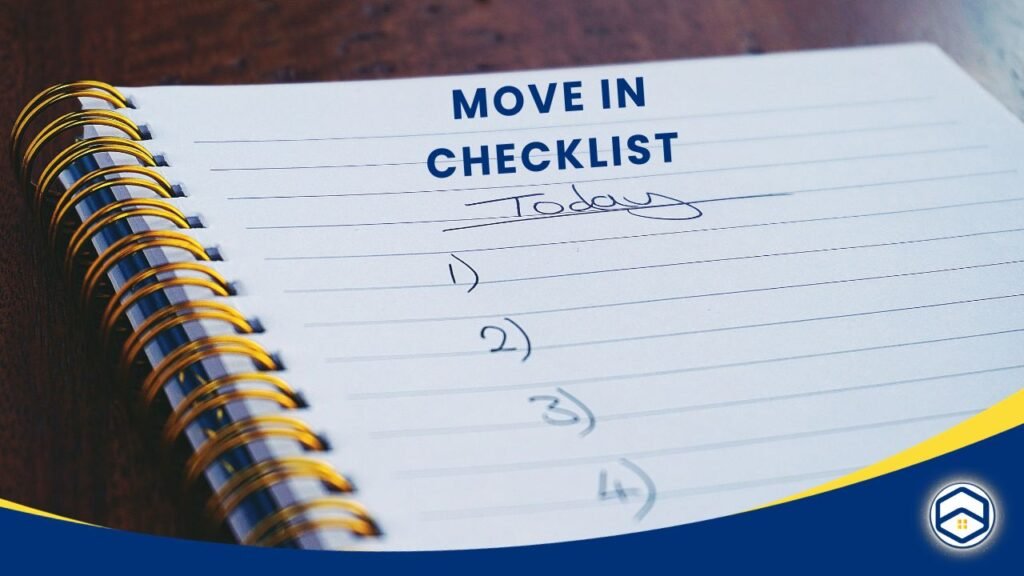Moving into a new home is an exciting chapter in life, but the process can be overwhelming without proper planning and organization. To ensure a smooth transition, it’s essential to have a detailed move-in checklist. This comprehensive guide will walk you through each step, providing clear instructions and helpful tips to make your move stress-free.
1. Pre-Move Planning
Establish a Moving Timeline: Break down tasks into manageable phases, allocating sufficient time for packing, organizing, and handling logistics to avoid last-minute stress.

Hire Professional Movers or Plan a DIY Move: Evaluate your budget, time constraints, and the complexity of the move to make an informed decision on whether to hire professionals or opt for a do-it-yourself approach.
Notify Important Contacts of Your Address Change: Compile a comprehensive list of contacts, including utility providers, banks, and subscriptions, ensuring a seamless transition by updating your address well in advance.
2. Packing Essentials
Create an Inventory of Your Belongings: Keep track of items as you pack, making it easier to locate belongings later and aiding in the unpacking process.

Gather Packing Supplies: Ensure you have an ample supply of boxes, bubble wrap, tape, and other essential packing materials, reducing interruptions during the packing process and list these items in your move-in checklist.
Pack Room by Room: Optimize organization by packing items from each room together, simplifying the unpacking process and minimizing confusion in your new space.
3. Labeling System
Develop a Color-Coding System for Boxes: Assign distinct colors to different rooms or categories, streamlining the unloading process and facilitating efficient placement of items in your new home.
Clearly Label Fragile Items: Prioritize the safety of delicate items by clearly marking boxes with fragile contents, prompting extra care during handling and unpacking.
Create a Master Inventory List: Keep an organized record of all items packed, providing a comprehensive overview to cross-check against belongings during the unpacking phase, reducing the chances of misplacement.
4. Utilities and Services
Schedule Utility Transfers or Setups: Contact utility providers well in advance to ensure a seamless transition by scheduling the transfer or setup of essential services like electricity, water, and gas in your new residence.

Arrange Internet and Cable Installation: Coordinate with internet and cable providers to set up installations promptly, allowing you to quickly resume connectivity and entertainment in your new home, documenting these arrangements in your move-in checklist.
Check and Confirm Service Dates: Double-check service activation dates to avoid any disruption, confirming appointments with utility and service providers to guarantee a smooth transition on a moving day.
5. Home Safety Measures
Change the Locks: Enhance security by replacing locks upon moving in, ensuring you have full control over access to your new home.

Install a Security System: Explore modern security options such as alarm systems or smart home technology to safeguard your property and provide peace of mind.
Locate Emergency Exits and Fire Extinguishers: Familiarize yourself with emergency exits and place fire extinguishers strategically, promoting a safe living environment.
6. Furniture Placement
Measure Room Dimensions: Take accurate measurements of rooms and doorways to ensure your furniture fits seamlessly into the new space.
Plan Furniture Arrangement: Strategically plan the layout, considering factors like natural light, focal points, and functionality for an aesthetically pleasing and practical arrangement as part of your move-in checklist.
Consider Traffic Flow: Optimize the flow of movement within rooms by arranging furniture in a way that allows easy navigation, creating a comfortable and efficient living space.
7. Deep Cleaning
Schedule a Professional Cleaning Service: Save time and ensure a thorough cleaning by hiring professionals to tackle hard-to-reach areas and provide a fresh start to your new home.

Clean Carpets and Floors: Prioritize deep cleaning of carpets and floors, eliminating any traces of the previous occupants and creating a hygienic living environment.
Disinfect Kitchen and Bathrooms: Pay special attention to high-touch areas like kitchens and bathrooms, disinfecting surfaces to promote a clean and healthy home, and record this in your move-in checklist.
8. Unpacking Strategy
Prioritize Essential Items: Unpack necessities first, ensuring you have immediate access to essential items for daily living.

Unpack One Room at a Time: Maintain an organized approach by tackling one room at a time, reducing overwhelm and creating a systematic unpacking process.
Dispose of Unnecessary Packing Materials: Streamline the unpacking process by promptly getting rid of excess packing materials, keeping your new home clutter-free.
9. Personal Essentials
Pack an Overnight Bag: Prepare a bag with essentials like toiletries, a change of clothes, and important documents to have immediate access during the first night in your new home.
Set Up a First-Aid Kit: Prioritize safety by assembling a first-aid kit with basic medical supplies, ensuring you’re prepared for any minor emergencies.
Locate Important Documents: Keep important documents such as identification, insurance papers, and rental agreements in a designated and easily accessible place for quick reference, and make a note of it on the move-in checklist.
10. Address Update
Change Address with USPS: Initiate a change of address with the United States Postal Service (USPS) to redirect mail to your new residence.
Update Driver’s License and Vehicle Registration: Ensure your identification reflects your new address by updating your driver’s license and vehicle registration.
Notify Financial Institutions and Subscription Services: Inform banks, credit card companies, and subscription services of your address change to avoid any disruptions in communication or services, and record these updates in the move-in checklist.
11. Appliance Checks
Inspect Kitchen Appliances: Verify the functionality of kitchen appliances, addressing any issues promptly to avoid inconvenience.
Test Heating, Ventilation, and Air Conditioning (HVAC) Systems: Ensure a comfortable living environment by testing and maintaining HVAC systems for optimal performance.
Check Washer and Dryer: Inspect the washer and dryer, confirming they are in working order and ready for use.
12. Exterior Inspection
Inspect Roof and Gutters: Evaluate the condition of the roof and gutters, addressing any repairs or maintenance to prevent potential issues.
Check for Leaks or Water Damage: Examine the exterior for signs of leaks or water damage, addressing any issues promptly to maintain the integrity of your home and documenting it in the move-in checklist.
Test Outdoor Lighting: Ensure safety and security by testing and replacing any faulty outdoor lighting fixtures.
13. Garbage and Recycling Setup
Obtain Trash and Recycling Bins: Coordinate with local waste management to secure proper bins for trash and recycling, ensuring they are included in the move-in checklist.
Familiarize Yourself with Collection Schedule: Be aware of the garbage and recycling collection schedule to ensure timely disposal of waste, a crucial step in the move-in checklist.
Dispose of Moving Boxes Properly: Recycle or dispose of moving boxes responsibly, adhering to local regulations for waste management.
14. Neighbors and Community
Introduce Yourself to Neighbors: Foster a sense of community by introducing yourself to neighbors, creating a friendly and welcoming environment while following your move-in checklist.
Familiarize Yourself with Local Amenities: Explore nearby amenities such as parks, grocery stores, and healthcare facilities to familiarize yourself with the local area.
Join Community Groups or Social Networks: Connect with the community by joining local groups or online social networks, facilitating engagement with neighbors and staying informed about community events.
15. Final Walkthrough
Inspect the Property Thoroughly: Conduct a comprehensive walkthrough, checking every room and area for any issues or required repairs.
Report any Issues to the Landlord or Realtor: Communicate any identified problems to the landlord or realtor promptly, ensuring timely resolution.
Document and Photograph the Condition of the Property: Take photos and document the condition of the property during the final walkthrough using your move-in checklist for your records and to address any discrepancies in the future.
Moving can be a daunting task, but with a well-organized move-in checklist, you can minimize stress and ensure a smooth transition into your new home. By breaking down the process into manageable steps and utilizing the tips provided, you’ll be well-prepared to embark on this exciting journey. Happy moving!








